Board Layouts Continued
The board layout is generally very good with all the ports well placed along the base and sides - the USB pin-outs are labelled and the Firewire pin-outs even get little caps to keep them snug.Instead of putting the power and reset buttons along the base, Gigabyte has put them right up by the memory slots and power sockets. It's ended up a good idea actually because on the bench-testing side we're used to being closer to the CPU/memory end anyway, and from an in-case-use point of view this area is generally clearer than one with lots of pin-outs and SATA cables cluttering it. In addition, the two buttons are different making them easily distinguishable to blind fingers. Nice one, Gigabyte!
Between the two boards Gigabyte has changed capacitors too - while both are entirely decked in solid polymer aluminium capped like usual, the DS4 it uses Nippon Chemicon (blue) whereas the UD4P uses Sanyo SEPC (purple) instead. We've tried to check the differences but we're not entirely sure - they're most likely comparable and it's just a cost saving measure by Gigabyte.
There are also differences in the slot design too, and it's more than just a blue-orange colour change. The DS4 design saves money by locking the slots to x16-x8-x8, whereas the UD4P includes a digital switch between the slots that allows the middle one to switch between x16 and x8 depending on how many cards are installed. This means that the UD4P affords potentially better performance for dual-GPU by offering a balanced x16-x16 solution, rather than an x16-x8.
The slot layout is a bit strange though because Gigabyte has tried to cram in as much as is physically possible and it isn't for the better. There's a great range, no doubt about that: not only are there three x16 (physical) slots there is an x4 that's open-ended (for longer cards), an x1 and two PCI slots: plenty of choice. However, the x1 slot backs into the northbridge heatsink making it extremely limited to accepting only the shortest cards. Likewise, the x4 slot maybe open ended but right behind it is a push-pin or screwhead, completely limiting its use.
We also found the x16 slots were closer together than the MSI Eclipse SLI and Asus P6T boards, so in more normal dual-GPU configurations high end cards really benefit from an extra fan over the side to keep them cool, and in a three card setup there must be space in a case for a dual slot to hang off the end. It does work fine, there's just no exact science and unfortunately Gigabyte has tried to shoehorn too much in.
On the back of the boards, Gigabyte has used two different mounting methods for the heatsinks. While the DS4 only gets push-pins, the UD4P northbridge and southbridge heatsinks are screwed down and rear braced for a better contact. Obviously, the former is to keep costs down, but it's great to see Gigabyte use screw-down heatsink fittings on its EX-58-UD4P motherboard.

MSI MPG Velox 100R Chassis Review
October 14 2021 | 15:04


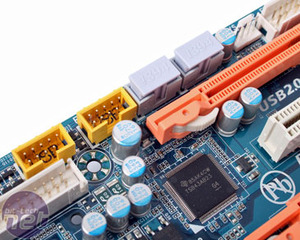
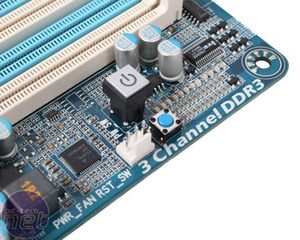
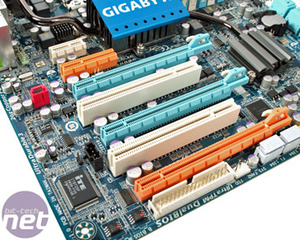
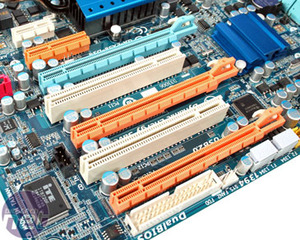

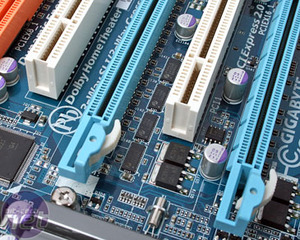
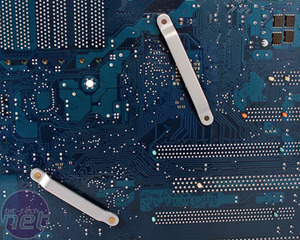
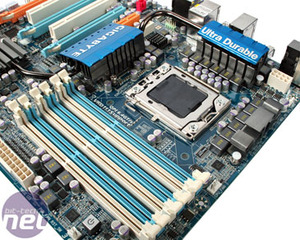







Want to comment? Please log in.